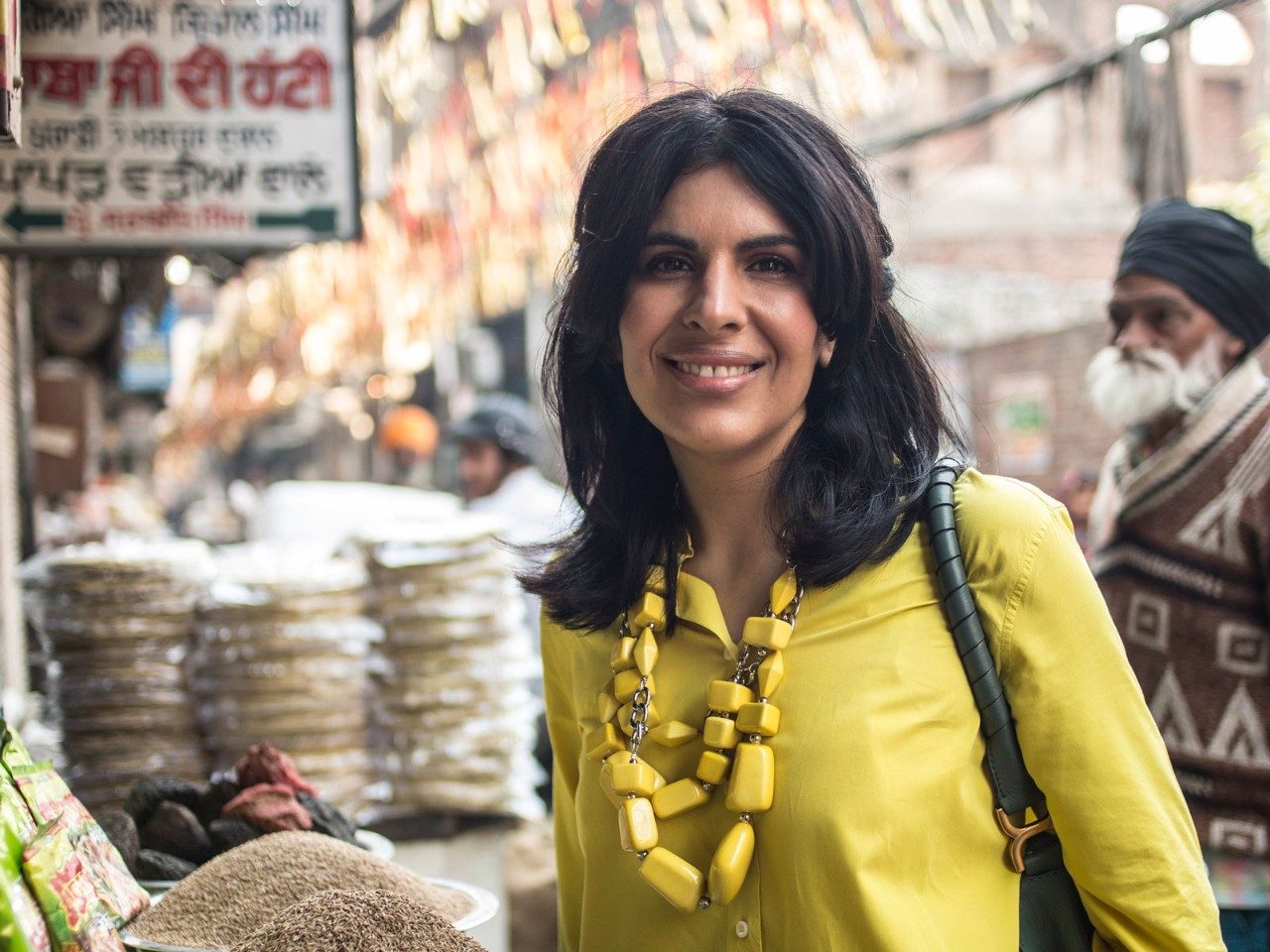How Holi is Celebrated Around India

The traditional spring festival of Holi is a visual spectacle, intrinsic to Hindu culture, and renowned for its effervescent display and unique rituals. Known as the “Festival of Colours” it’s embedded in ancient Hindu beliefs, but is widely recognised for its celebration of love, relationships and family.
The festival commonly takes place over two days (this year on March 23 and 24) on the approach of the vernal equinox, commencing with a Holika bonfire. The following morning marks the most iconic point of the festival, where people chase and colour each other with chalk powders, or partake in water fights on the streets. The water creates a rainbow of colours and is a symbol of unity blurring the boundaries of race, age, gender, wealth and status.
My first Holi memory was actually on the set of a Bollywood movie, as my father had been invited to the filming and brought us along, dressed in white. We rubbed coloured powder into each other’s faces emulating the singers and dancers and spraying one another with water guns full of the coloured water. It was crazy, chaotic and magical.
But, each region has its unique way of celebrating Holi.
SEE ALSO: Five Amazing Places to Visit in India
Gujarat
It is here that Holi takes its most traditional form. People throw raw coconut and corn into the fire for an aromatic blaze. On the second day, Dhuleti, people sprinkle coloured water on each other. In Gujarat, a common activity involves a pot of buttermilk being hung high in the streets where young boys must reach and break it by making human pyramids. Girls throw coloured water to commemorate the pranks of Krishna, while watching the successful boy who finally manages to break the pot crowning him as the Holi King.
Holi concludes with men bringing traditional Indian sweets to the homes of their relatives. A popular dish is barfi; a coconut sweet that has a lovely texture and is lightly spiced with green cardamom and topped with pistachios or almonds.
Uttar Pradesh
Uttar Pradesh celebrates Lath mar Holi, a very unique style of the festival where thousands gather to witness women beat up men with sticks and wound up saris. Males address their assailants by singing provocative songs in a bid to invite the attention of women. Those on the sidelines watch in hysterics, laughing at the spectacle and singing Holi songs – in the traditional language of Braj Bhasha – to cheer the women along.
In the wider region of Uttar Pradesh, Holi lasts longer than the traditional time, up to seven days in the Kanpur area. A huge fair called Ganga Mela – initiated by freedom fighters in India’s First War of Independence in 1857 – concludes the event. kesari malai peda, a creamy, sweet saffron pastry, is consumed.
Bihar
Holi takes a different name in the region of Bihar and due to the local Bhojpuri dialect is known as Phagwa. In Bihar, citizens place dried cow dung cakes, wood of the Redi tree and grains from the fresh harvest in the bonfire, which creates an interesting aroma. The eldest members of each gathering initiate the lighting, smearing others with a coloured mark as a form of greeting and invitation to the Holi celebration.
The next day continues with colour fights throughout the streets. In the evening, family members and friends visit one another, applying colours on each other’s faces and on the feet of the elderly. Bihar is unique in its celebration of Holi, as people choose water solutions of mud or clay, rather than coloured chalk powders.
Crispy pakoras are served – commonly made with onion, eggplant, potato, plantains, cauliflower, paneer and buckwheat – along with aromatic and cooling beverages made with milk, spices, watermelon seeds, rose petals and poppy seeds.
Hyderabad
As a city revered for its incredible street food, Hyderabad citizens make sure to be twice as active as their counterparts, to enjoy their feast at the end of the day.
People gather to take part in a run, where colourful chalk powders are thrown at participants in the spirit of the festival. At the conclusion of the day, people sample everything from crunchy pea samosas, deep-fried gujiyas (sweet Indian dumplings), pancake dosas stuffed with onions, cheese and fresh tomatoes, and a vermicelli pudding prepared with milk and dates called sheer khurma.
Amritsar
In Amritsar thousands of Hindu devotees congregate at the famous Durgiana Temple to praise Lord Krishna and Radha. A religious procession occurs and colours are thrown around outside to celebrate the God. Devotees come to smear special colours that have touched God’s feet, forming one single colour that represents Krishna’s spirit. People then line the streets to have a glimpse of Lord Krishna and Radha’s idols inside the sanctum sanctorum. The spiritual celebration of Holi in Amritsar is so significant that Hindu people from across the globe travel to partake in the festival, collectively embracing their religious identity.
Dahi bhalla, a lentil dumpling smothered in seasoned yoghurt and served with a sweet and tangy tamarind chutney are commonly consumed in Amristar in between celebrations.
Anjum’s Spice Stories launches on April 4 at 7.30pm on the SBS Food Network.


